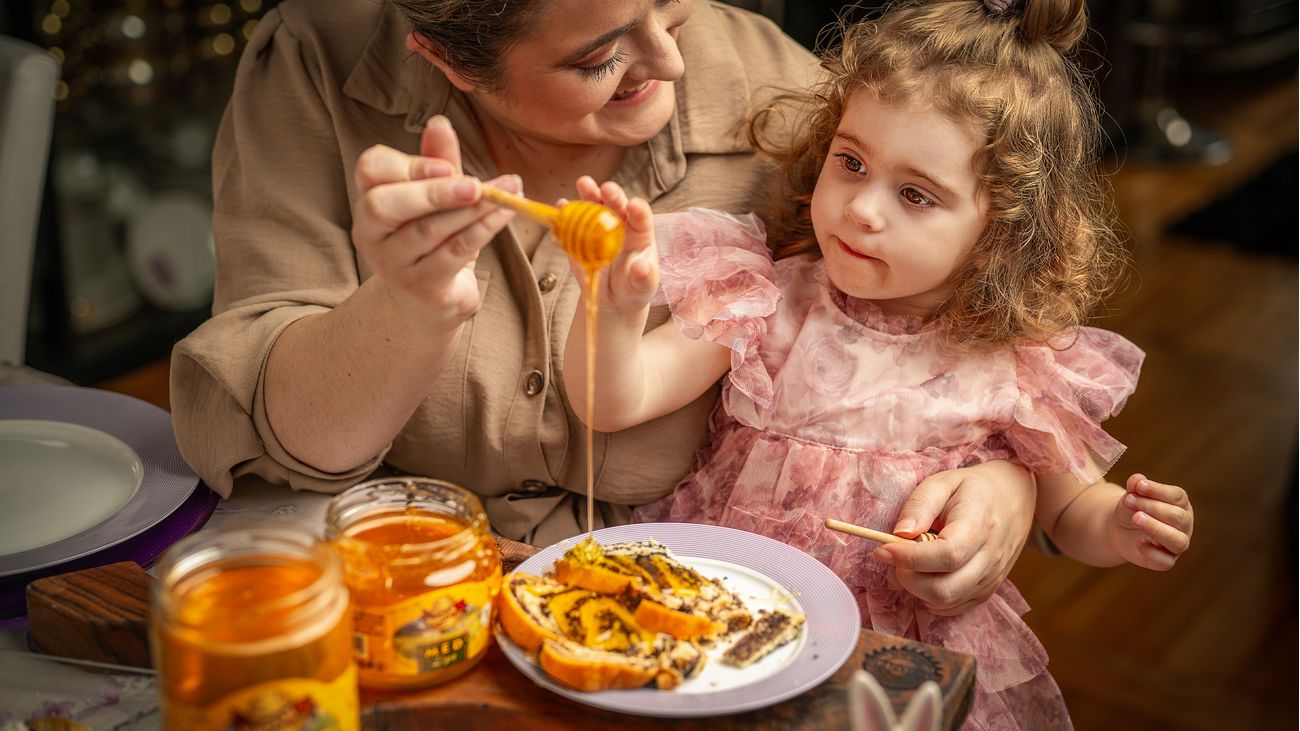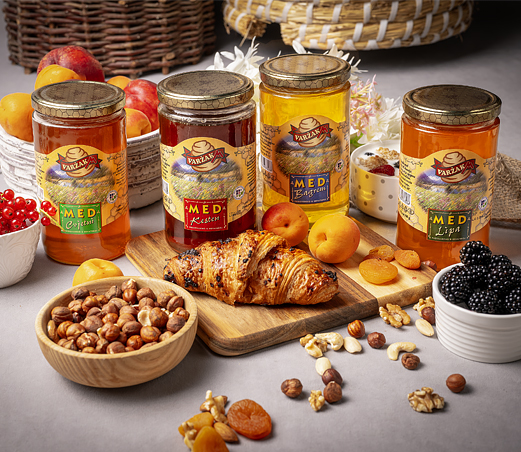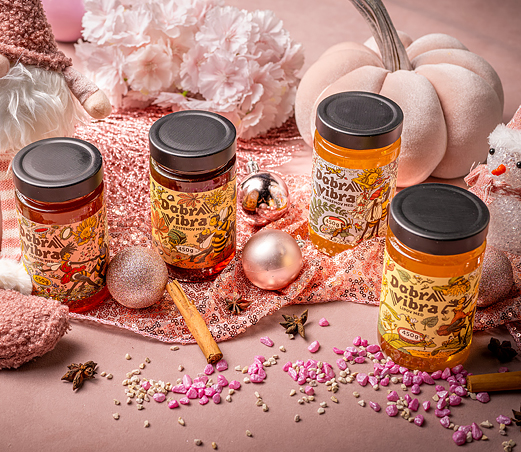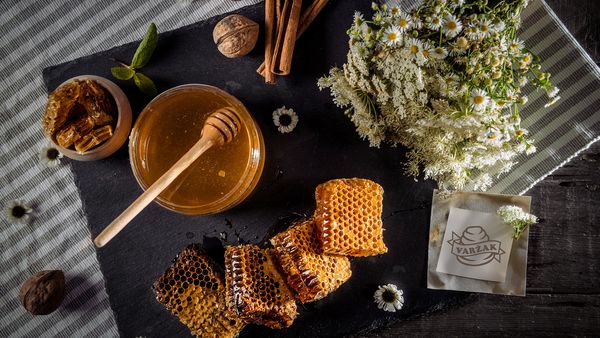Children and Honey – A Healthy and Delicious Introduction
After the age of one, honey becomes a valuable and safe addition to a child’s diet – naturally sweet, rich in nutrients, and easy to incorporate into everyday meals. Through simple and varied combinations, children develop healthy eating habits and enjoy the mild, natural flavours.
Safe Introduction of Honey into a Child’s Diet After the First Year

After the age of one, honey becomes a valuable and safe addition to a child’s diet – naturally sweet, rich in nutrients, and easy to incorporate into everyday meals. Through simple and varied combinations, children develop healthy eating habits and enjoy the mild, natural flavours.
Honey is a natural sweetness that many parents understandably want to include in their child’s nutrition. It’s not only delicious but also rich in antioxidants, enzymes, and minerals, and is often used as a natural health ally. Still, it’s important to know when and how to introduce it safely and gradually. Discover the right time to start, how to do it properly, and which honey types are best suited for a child’s first encounter with this golden gift of nature.
When Can Children Start Eating Honey?
A child can start consuming honey after turning 12 months old. By then, their digestive system is developed enough to handle natural spores that may be present in honey. Experts – including paediatricians and nutritionists – agree that honey should not be rushed, but can become a valuable part of a balanced diet after the first year.
Introducing honey after 12 months opens the door to replacing refined sugar with a healthier, natural alternative and lays the foundation for positive eating habits early on.
First Steps – How to Begin with Honey?
When introducing honey, it’s essential to do so gradually and mindfully. It’s recommended to:
-
Start with half a teaspoon per day
-
Choose pure, natural honey with no additives
-
Combine it with foods the child already knows well
Start simple: a few drops of honey in fruit puree, on bread, in yogurt, or in warm water with lemon. Observe how the child responds and introduce it in the context of a varied, healthy diet.
Ideas for Including Honey in Daily Meals
Honey fits easily into a child’s menu, especially as a natural sweetener that enhances flavour without the need for refined sugar. Some safe and popular ways to introduce honey include:
-
Fruit purees with a few drops of honey (banana, apple, pear)
-
Yogurt with honey and oats
-
Semolina or oatmeal with honey and fruit
-
Toast with a thin layer of butter and honey
-
Warm water with honey and lemon – a natural drink for colder days
-
Smoothie with fruit, yogurt, and a spoonful of honey
Never add honey to hot liquids, as high temperatures destroy its beneficial enzymes. Always mix it into lukewarm or cooled food.
How to Know If a Child Is Ready for Honey?
Most children over 12 months can safely consume small amounts of honey. However, introduction should be individualized, especially for children with:
-
A family history of allergies
-
Sensitivity to pollen or bee products
-
Special dietary needs
In such cases, consult a paediatrician before introducing honey.
Learning Through Play – Helping Children Enjoy Honey
Children learn through experience, so honey is more than an ingredient – it’s a chance to talk about nature, health, and food. Here are some ideas:
-
Watch bees together in the garden or in educational videos
-
Read picture books about bees and honey
-
Draw and colour bees, beehives, and honey jars
-
Prepare simple recipes where children can add honey themselves
-
Create games like a “honey hunt” or make a "magic honey potion"
In this way, honey becomes part of everyday life – not just a food addition – encouraging curiosity and a positive relationship with food.
Which Honey Is Best for Children?
For first steps, mild and easily digestible honeys are recommended:
-
Acacia honey – mild aroma, light colour, and low pollen content – ideal for young children
-
Floral honey – slightly stronger taste but rich in natural enzymes and beneficial compounds
More intense types like chestnut or linden honey are better suited for later stages when the child’s palate and habits are more developed.
Honey – A Small Spoonful of Health for Little Ones
Introducing honey after the first year of life can be a healthy and tasty step toward a balanced diet. Through small portions, fun recipes, and daily presence in meals, honey helps children develop a healthy attitude toward sweetness and natural food.
With high-quality, pure honey like Varžak acacia or floral honey, parents can confidently build eating habits that last – because good habits start young.














